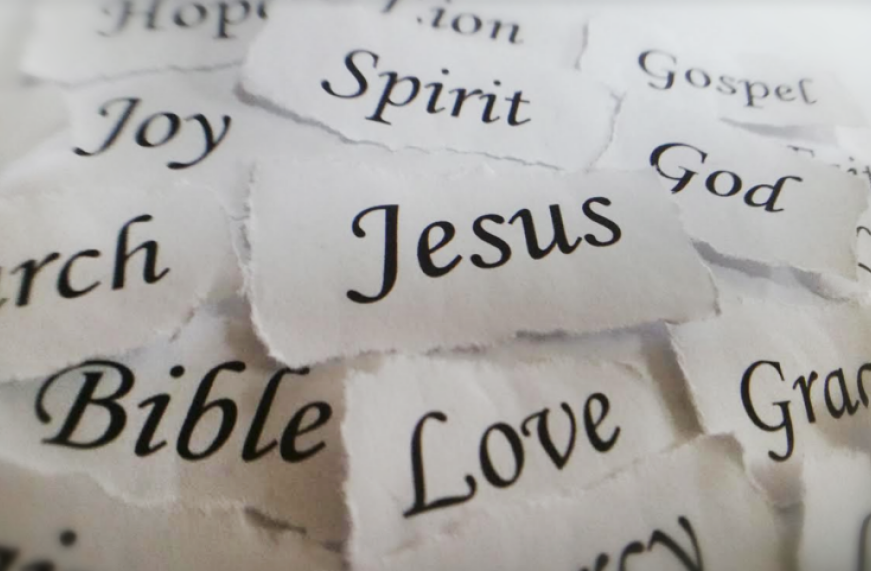Post-Christian Era?

From time to time I find myself listening to Relevant Radio. On several occasions, I have heard their various guests use the term "Post-Christian Era". Evidently, we live in the Post Christian Era. When did that happen? At some point in recent history, we went from an era that was Christian to one that no longer is. That is really scary to think about. At some point, our culture shifted from one that was dominantly filled with people who lived and conducted life in relationship to Jesus to one that doesn’t.
So, when did it happen? Rather than think on it too long, I’d rather consider how do we get it back? Why would we want to? For me, looking at a world that has turned away from God – a world that is angry, mistrusting, hateful, in pain, in sorrow, in distress, in all essence, lost – my faith can demonstrate how a life with God is loving, peaceful, gentle, fruitful, kind, focused, centered, and disciplined. For every aspect of what a life without God can reflect, a life with God can dispel. Knowing that there is a God, a very powerful and loving God, who wants the very best for me no matter what I do, provides a reason, a hope. A reason to keep at it. A hope for things promised yet to be revealed. Indeed, if it were easy, everyone would do it, but being a believer is not easy. Jesus has even said so. "It is easier for a camel to go through a needle’s eye than for a rich man to enter the kingdom of heaven." (Luke 18:25) The world is proving it to us right now. Since not everyone is doing it anymore, it clearly is not easy. More people are giving up than taking it on. I am comforted that I am among others who are taking it on. As a student of Scripture, it almost feels as if we are returning to our roots – there are more who need to be convinced of Jesus as the Way, the Truth, and the Life than those who are already convinced.
Therefore, this is truly what makes us different. We are standing on the shoulders of Saints. We have the opportunity to learn from history and continue to make the future something better. We are in the Post-Christian Era that could become the Pre-Christian Era part 2 if we all live and work together for God’s greater glory.


